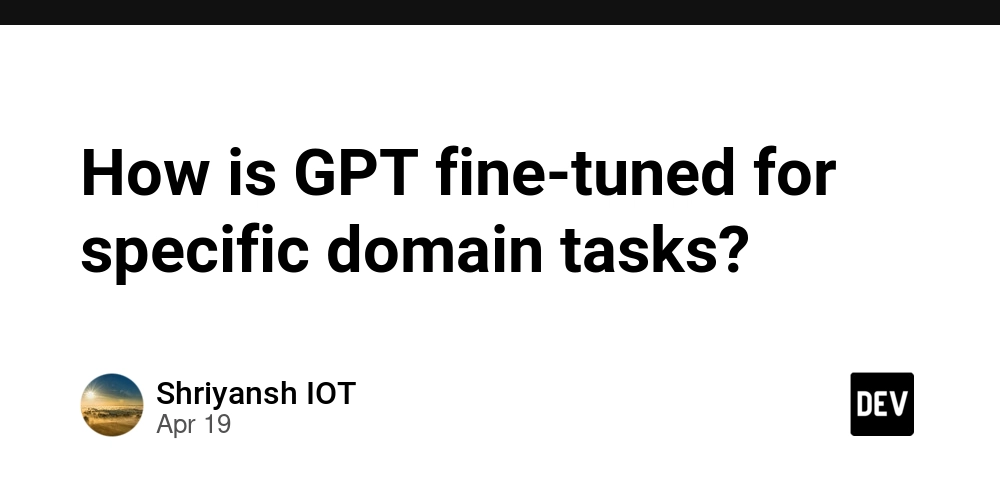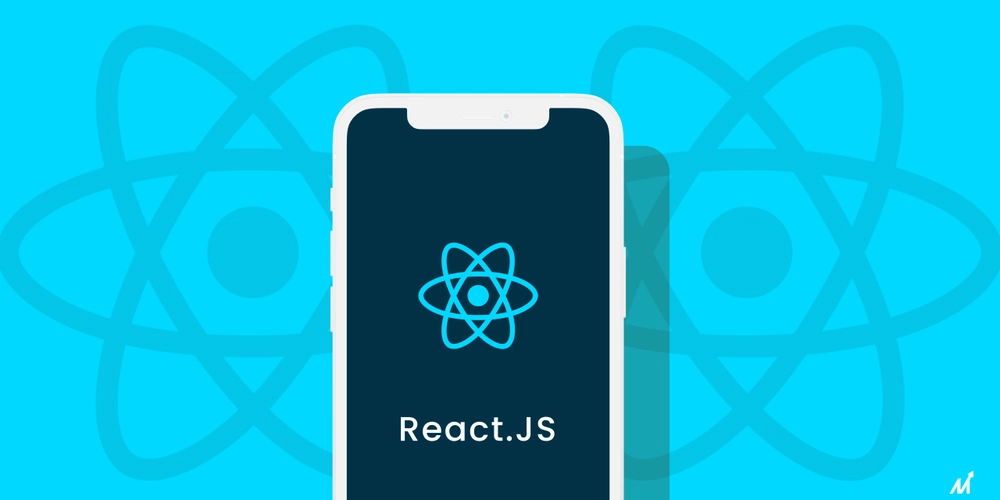Understanding the CAP Theorem in System Design
Introduction When designing large-scale systems like social networks, online games, or banking apps, engineers face a critical trade-off: Should the system always be available, always show the latest data, or keep working even if parts of it fail? This is where the CAP Theorem comes in. It’s a fundamental rule in distributed systems that helps engineers make tough decisions about reliability and performance. In this article, we’ll break down the CAP Theorem in simple terms, explain why you can’t have all three guarantees at once, and explore real-world examples. What Is the CAP Theorem? The CAP Theorem states that in any distributed system (a network of multiple servers), you can only guarantee two out of these three properties at the same time: Consistency (C) – Every user sees the same data at the same time. Availability (A) – The system always responds, even if some servers fail. Partition Tolerance (P) – The system keeps working even if network connections break. Why Can’t You Have All Three? Networks are unreliable—servers crash, cables get cut, or data centers lose power. When that happens, the system must choose between: Stopping to keep data consistent (CP) or Staying available but possibly showing old data (AP). You can’t ignore Partition Tolerance (P) because network failures will happen in real life. That’s why "CA" systems don’t exist in practice. Breaking Down the Choices 1. CP (Consistency + Partition Tolerance) What it means: The system prioritizes accuracy over availability. Example: A banking app. If two servers disconnect, the system will freeze transactions until they sync to prevent double-spending. Pros: No incorrect data. Cons: Users might get errors during outages. 2. AP (Availability + Partition Tolerance) What it means: The system stays online but might show stale data. Example: Social media (Twitter, Facebook). If servers fail, you can still post, but your feed might not update instantly. Pros: Always accessible. Cons: Users might see outdated info temporarily. 3. CA (Consistency + Availability) – The Impossible Dream Why it doesn’t exist: Networks always have failures, so Partition Tolerance (P) is unavoidable. Real-World Applications System Type CAP Choice Example Banking/Financial Apps CP Rejects transactions if servers can’t sync. Social Media AP Lets you post even if some servers fail. E-commerce (Cart Systems) CP Prevents selling the same item twice. Content Delivery (CDNs) AP Serves cached (slightly old) data if needed. How Do Engineers Work Around CAP? Since you can’t have all three, smart system designs use compromises: Eventual Consistency (AP with catch-up): Data syncs eventually (e.g., WhatsApp messages). Read Replicas (CP with speed): Lets users read data fast, but writes are slower. Multi-Region Databases (Balanced AP/CP): Like Google Spanner, which tries to minimize downtime while staying consistent. Key Takeaways ✅ CAP Theorem forces a choice between Consistency (C) and Availability (A) when networks fail (P). ✅ Most real-world systems are either CP (strict accuracy) or AP (always online). ✅ "CA" isn’t realistic because networks aren’t perfect. Final Thought Next time you see a banking app reject a transaction during an outage or a social media feed delay updates, remember: it’s not a bug—it’s the CAP Theorem in action!

Introduction
When designing large-scale systems like social networks, online games, or banking apps, engineers face a critical trade-off: Should the system always be available, always show the latest data, or keep working even if parts of it fail?
This is where the CAP Theorem comes in. It’s a fundamental rule in distributed systems that helps engineers make tough decisions about reliability and performance.
In this article, we’ll break down the CAP Theorem in simple terms, explain why you can’t have all three guarantees at once, and explore real-world examples.
What Is the CAP Theorem?
The CAP Theorem states that in any distributed system (a network of multiple servers), you can only guarantee two out of these three properties at the same time:
- Consistency (C) – Every user sees the same data at the same time.
- Availability (A) – The system always responds, even if some servers fail.
- Partition Tolerance (P) – The system keeps working even if network connections break.
Why Can’t You Have All Three?
Networks are unreliable—servers crash, cables get cut, or data centers lose power. When that happens, the system must choose between:
- Stopping to keep data consistent (CP) or
- Staying available but possibly showing old data (AP).
You can’t ignore Partition Tolerance (P) because network failures will happen in real life. That’s why "CA" systems don’t exist in practice.
Breaking Down the Choices
1. CP (Consistency + Partition Tolerance)
- What it means: The system prioritizes accuracy over availability.
- Example: A banking app. If two servers disconnect, the system will freeze transactions until they sync to prevent double-spending.
- Pros: No incorrect data.
- Cons: Users might get errors during outages.
2. AP (Availability + Partition Tolerance)
- What it means: The system stays online but might show stale data.
- Example: Social media (Twitter, Facebook). If servers fail, you can still post, but your feed might not update instantly.
- Pros: Always accessible.
- Cons: Users might see outdated info temporarily.
3. CA (Consistency + Availability) – The Impossible Dream
- Why it doesn’t exist: Networks always have failures, so Partition Tolerance (P) is unavoidable.
Real-World Applications
| System Type | CAP Choice | Example |
|---|---|---|
| Banking/Financial Apps | CP | Rejects transactions if servers can’t sync. |
| Social Media | AP | Lets you post even if some servers fail. |
| E-commerce (Cart Systems) | CP | Prevents selling the same item twice. |
| Content Delivery (CDNs) | AP | Serves cached (slightly old) data if needed. |
How Do Engineers Work Around CAP?
Since you can’t have all three, smart system designs use compromises:
- Eventual Consistency (AP with catch-up): Data syncs eventually (e.g., WhatsApp messages).
- Read Replicas (CP with speed): Lets users read data fast, but writes are slower.
- Multi-Region Databases (Balanced AP/CP): Like Google Spanner, which tries to minimize downtime while staying consistent.
Key Takeaways
✅ CAP Theorem forces a choice between Consistency (C) and Availability (A) when networks fail (P).
✅ Most real-world systems are either CP (strict accuracy) or AP (always online).
✅ "CA" isn’t realistic because networks aren’t perfect.
Final Thought
Next time you see a banking app reject a transaction during an outage or a social media feed delay updates, remember: it’s not a bug—it’s the CAP Theorem in action!




























![[Webinar] AI Is Already Inside Your SaaS Stack — Learn How to Prevent the Next Silent Breach](https://blogger.googleusercontent.com/img/b/R29vZ2xl/AVvXsEiOWn65wd33dg2uO99NrtKbpYLfcepwOLidQDMls0HXKlA91k6HURluRA4WXgJRAZldEe1VReMQZyyYt1PgnoAn5JPpILsWlXIzmrBSs_TBoyPwO7hZrWouBg2-O3mdeoeSGY-l9_bsZB7vbpKjTSvG93zNytjxgTaMPqo9iq9Z5pGa05CJOs9uXpwHFT4/s1600/ai-cyber.jpg?#)














































































































































![[The AI Show Episode 144]: ChatGPT’s New Memory, Shopify CEO’s Leaked “AI First” Memo, Google Cloud Next Releases, o3 and o4-mini Coming Soon & Llama 4’s Rocky Launch](https://www.marketingaiinstitute.com/hubfs/ep%20144%20cover.png)




































































































































































































![Rogue Company Elite tier list of best characters [April 2025]](https://media.pocketgamer.com/artwork/na-33136-1657102075/rogue-company-ios-android-tier-cover.jpg?#)








































































_Andreas_Prott_Alamy.jpg?width=1280&auto=webp&quality=80&disable=upscale#)


























































































![What’s new in Android’s April 2025 Google System Updates [U: 4/18]](https://i0.wp.com/9to5google.com/wp-content/uploads/sites/4/2025/01/google-play-services-3.jpg?resize=1200%2C628&quality=82&strip=all&ssl=1)










![Apple Watch Series 10 Back On Sale for $299! [Lowest Price Ever]](https://www.iclarified.com/images/news/96657/96657/96657-640.jpg)
![EU Postpones Apple App Store Fines Amid Tariff Negotiations [Report]](https://www.iclarified.com/images/news/97068/97068/97068-640.jpg)
![Apple Slips to Fifth in China's Smartphone Market with 9% Decline [Report]](https://www.iclarified.com/images/news/97065/97065/97065-640.jpg)



































































































































